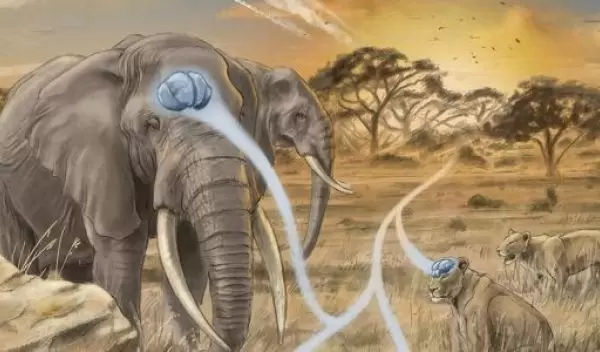
New study has scientists re-evaluating brain size and mammalian intelligence
Scientists at Stony Brook University and the Max Planck Institute of Animal Behavior have pieced together a timeline of how brain and body size evolved in mammals over the last 150 million years. The findings, published in Science Advances, show that brain size relative to body size -- long considered an indicator of animal intelligence --has not followed a stable scale over evolutionary time.
The team of scientists, including biologists, evolutionary statisticians and anthropologists, compared the brain mass of 1,400 living and extinct mammals. For the 107 fossils examined -- among them ancient whales and the most ancient Old World monkey skull ever found -- they used endocranial volume data from skulls instead of brain mass data. The brain measurements were then analyzed along with body size to compare the scale of brain size to body size over deep evolutionary time.
According to the U.S. National Science Foundation-funded study, "big-brained" humans, dolphins and elephants, for example, attained their proportions in different ways. Elephants increased in body size, but surprisingly, even more in brain size.
Dolphins, on the other hand, generally decreased in body size, while brain size increased. Great apes showed a wide variety of body sizes, with a general trend toward increases in brain and body size. In comparison, ancestral hominins, which represent the human line, showed a relative decrease in body size and increase in brain size compared to great apes.
The authors say that these complex patterns urge a re-evaluation of the paradigm that comparing brain size to body size for any species provides a measure of the species' intelligence.
"This study highlights the power and importance of comparative phylogenetic analyses to provide new insights into the evolution of complex traits," says Christopher Schneider, a program director in NSF’s Division of Environmental Biology. "The findings dramatically alter our understanding of how brain and body size have evolved."


